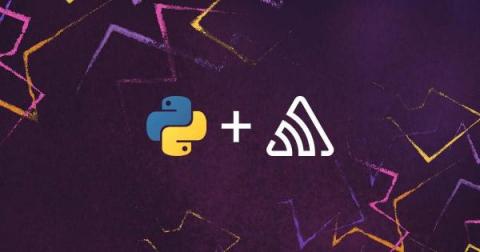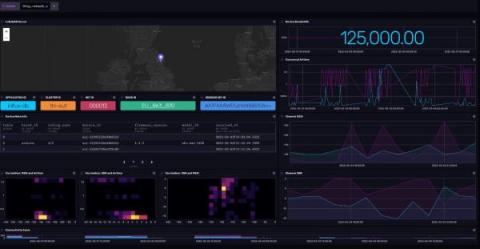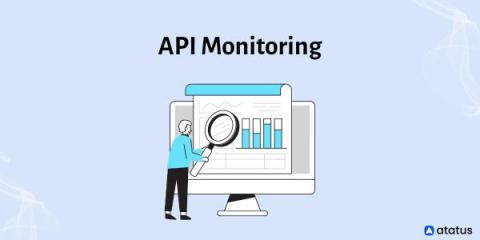Operations | Monitoring | ITSM | DevOps | Cloud
Technology
The latest News and Information on APIs, Mobile, AI, Machine Learning, IoT, Open Source and more!
Using cURL with and without Speedscale CLI
Speedscale CLI Service Map
How we optimized Python API server code 100x
Python code optimization may seem easy or hard depending on the performance target. If the target is “best effort”, carefully choosing the algorithm and applying well-known common practices is usually enough. If the target is dictated by the UX, you have to go down a few abstraction layers and hack the system sometimes. Or rewrite the underlying libraries. Or change the language, really. This post is about our experience in Python code optimizations when whatever you do is not fast enough.
Revisiting The Things Network: Connecting The Things Network V3 to InfluxDB
Back in 2019, David Simmons created an awesome blog introducing LoRaWAN devices and The Things Network. He also showed you how easy it was to connect The Things Network V2 to InfluxDB. Since then, a few things have changed and I thought it was time to revisit the Things Network with a new project.
What is API Monitoring? Ways to Monitor API, Best Practices, Tools, and More
To provide a fast, seamless, and highly available experience for the end-user, modern applications increasingly rely on third-party services. Due to this rising complexity, it's become important for IT employees to ensure that these services are up and running and communicating as they should. API monitoring has thus become a must-have for DevOps teams.











